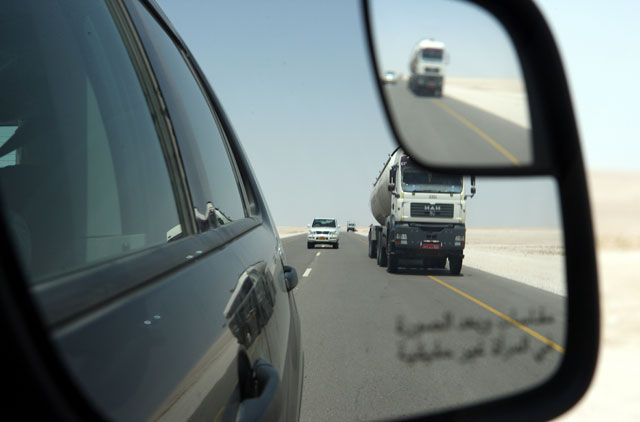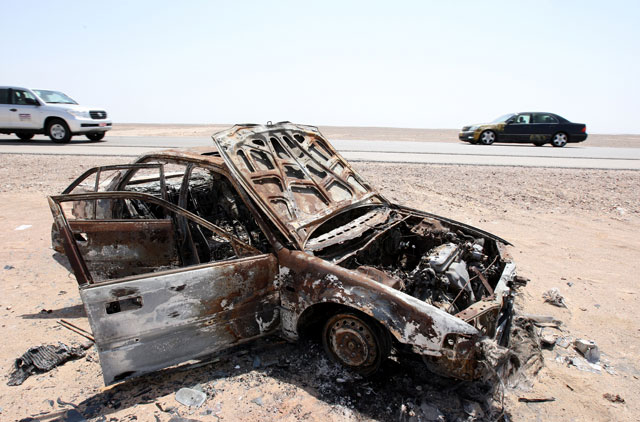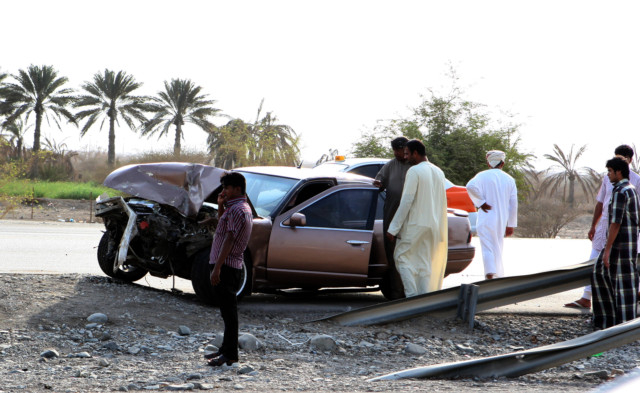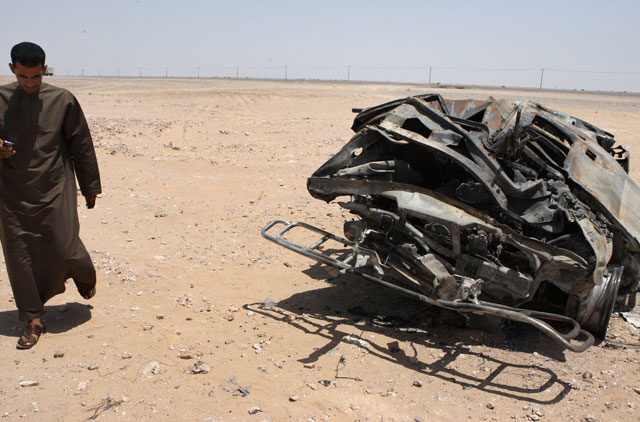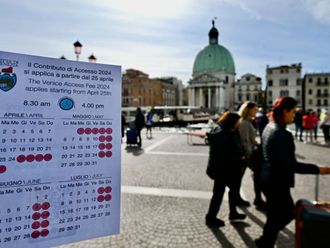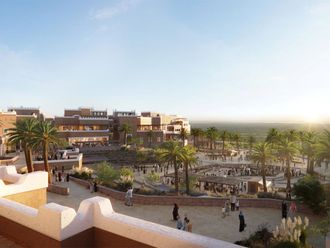
Dubai: The 1300-kilometre stretch of road from Dubai through the desert and the breath-taking mountain range to Salalah, the resort town in Oman, claims many lives every year.
Thousands of tourists travel to Salalah by road to enjoy the spectacular greenery that blankets the Dhofar mountain range from June to mid-September during the ‘khareef’ season, when the south-west monsoon touches this southern-most tip of the sultanate. But for hours on this road the only scenery one can see is a desert landscape with hardly anything else for miles to break the monotony and it can easily lead to someone dozing off at the wheel.
Motorists need to be alert throughout as the road passes through many small coastal towns and pedestrians sometimes recklessly run across often on dark unlit stretches of the highway. Sometimes people just dash across to catch a cab waiting at the other side.
The highway is also not fenced off but there are signs warning about the possibility of camels or sheep wandering to the other side to graze. But the warning signs just whizz past as you drive at the official speed limit of 120 km/h.
As you drive past the northernmost part of Oman and through the tiny township of Al Omani, you will see small, round concrete barriers on the road. These are meant to keep cars from the town heading straight on to the highway. But at many spots these barriers seem to have been deliberately damaged and I saw a red car waiting impatiently by the side waiting for a break in traffic to cut across.
People from the town seemed to have devised a shortcut as otherwise they would have to drive kilometres before they would be able to get on to the highway. At Liwa, another coastal town, there was another such risky opening apparently carved out by the townspeople.
Notations in my pocket notebook read, ‘Nizwah ahead’. It is a large town about half-way through the trip from Dubai. It is from here onwards that the signs state that road work is in progress. Regulars on this stretch say these signs have been around for ages.
There are long stretches of road from here on with large potholes and long cracks that have erased the dividing line between carriageways virtually turning it into a single-carriage stretch. It could be the bad condition of the road or the searing heat but ripped tyres and burnt rubber are regular sights along the way.
The daylight outside temperature at this time of the year on this route is around 45 degree centigrade.
We only saw a police highway patrol on this route twice throughout the journey. Just after the township of Al Ghabah we saw a burnt, blackened vehicle. It was difficult to identify what type of a vehicle it was, but it seemed to be a van or a seven-seater. It was completely gutted and the metal was twisted but, underneath the mangled mess, we caught a glimpse of a yellow-coloured Omani registration plate. The wreck seemed to have been in the desert sands for a long time.
We were quite close to the township where nine Indians and an Omani had died in a head-on crash recently. The victims who included four children were in a car that apparently lost control and hit an oncoming sports utility vehicle. The accident occurred on a stretch of road skirting the sand dunes.
The next day after reaching Salalah, we heard news of another Indian family travelling from Dubai who had died in another accident near the same stretch of highway.




